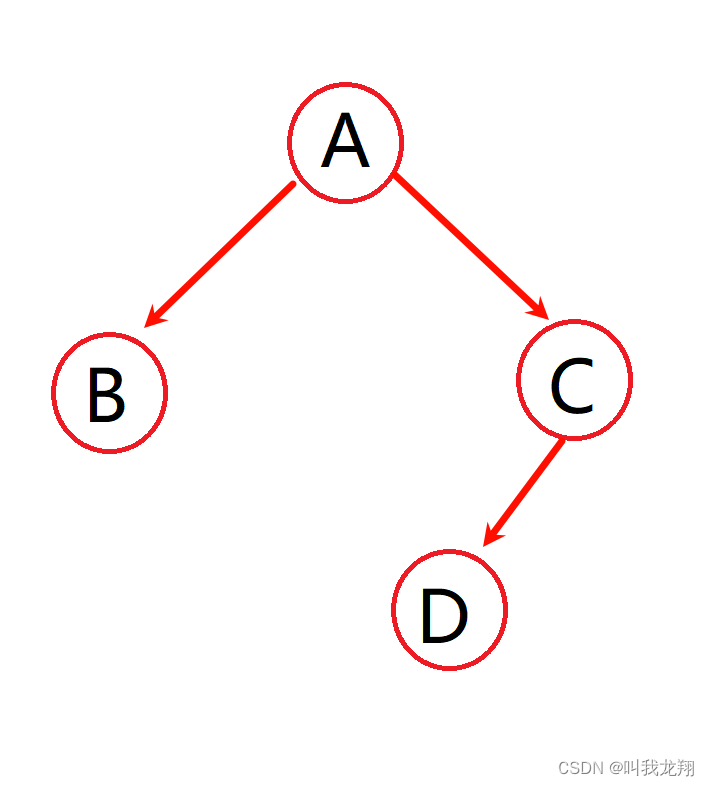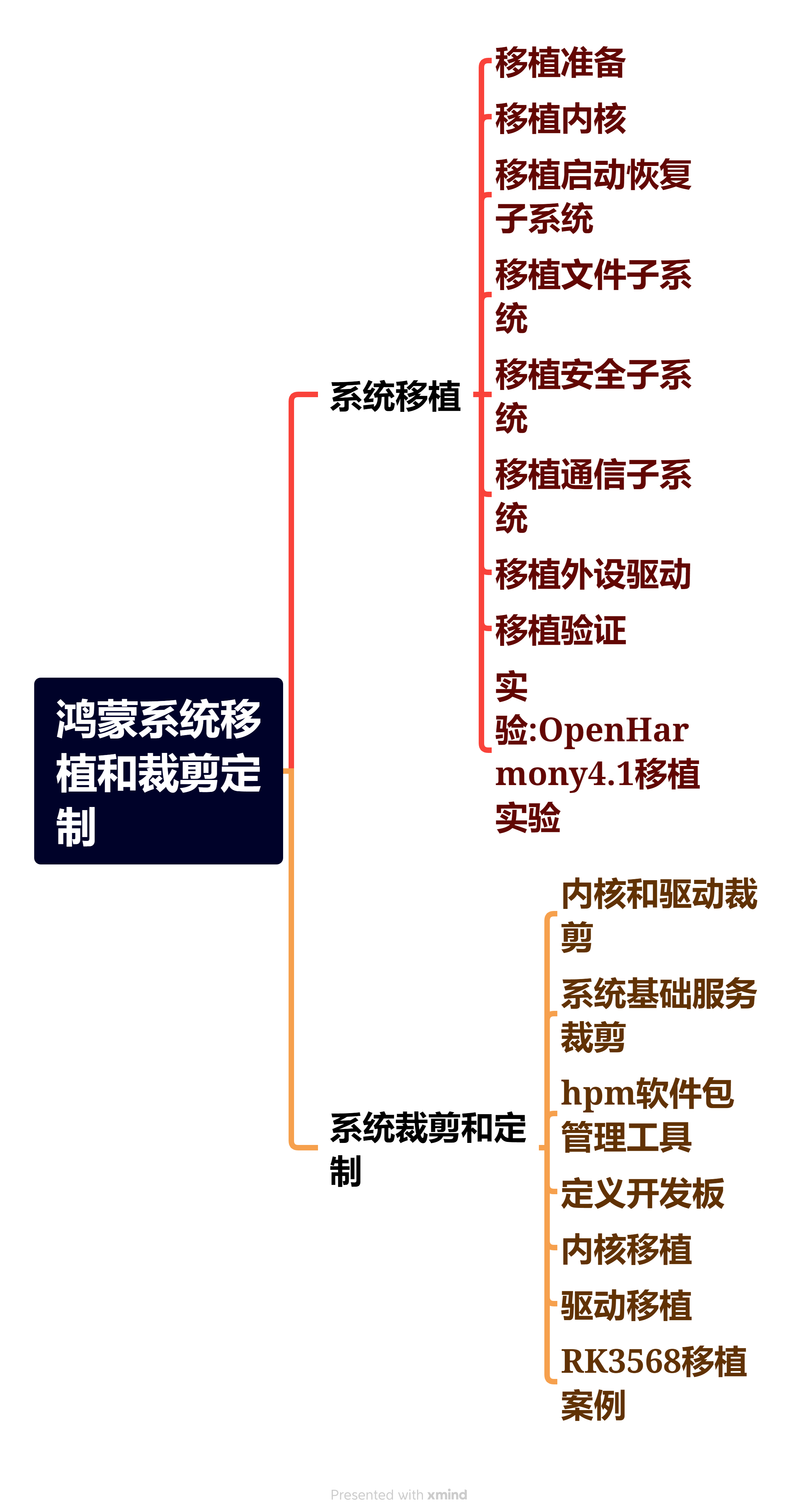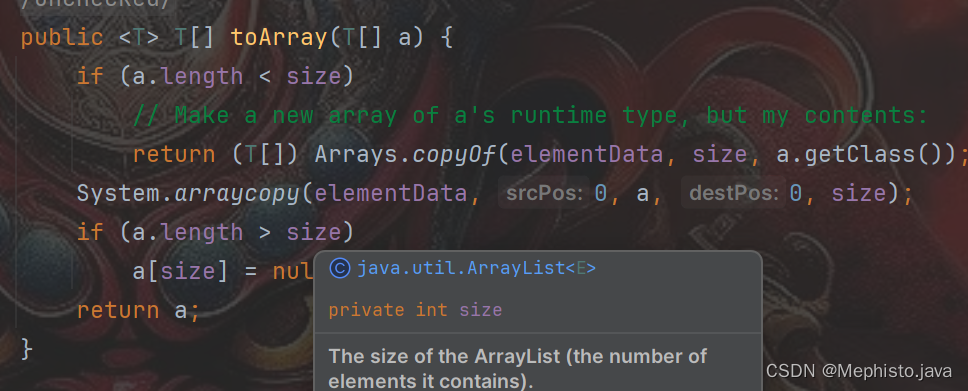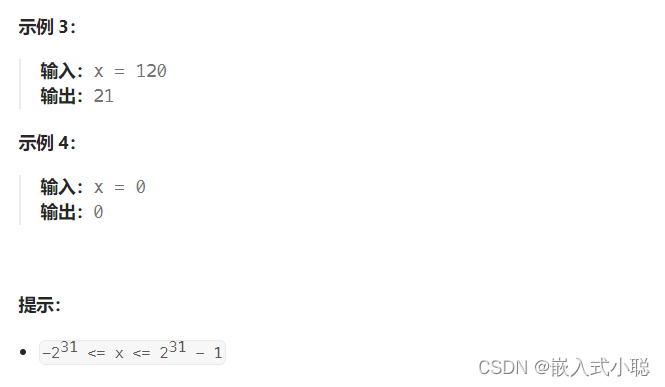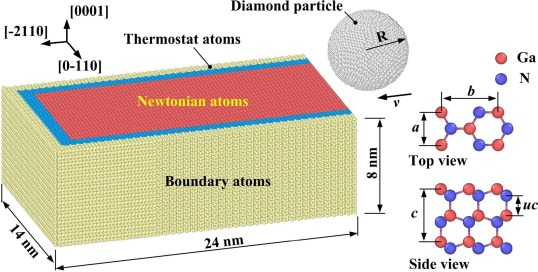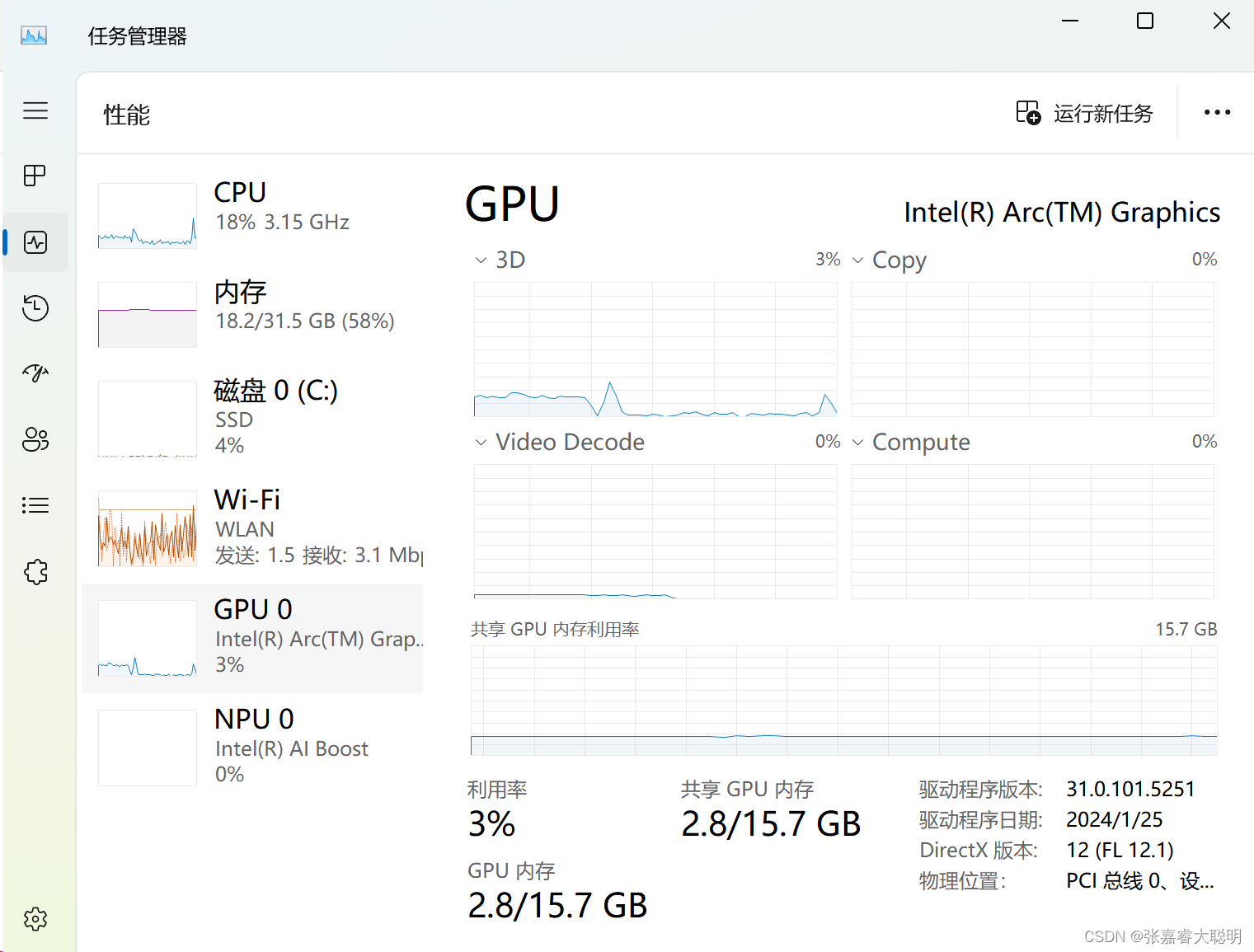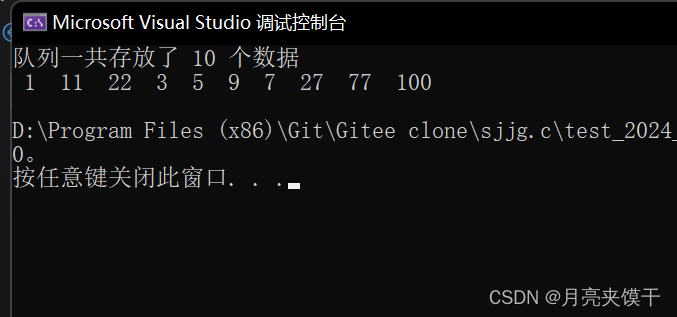VGG架构
1.多个VGG块后接全连接层
2.不同次数的重复块得到不同的架构 VGG-16、VGG-19
3.更大更深的AlexNet
##经典卷积神经网络的基本组成部分是下面的这个序列:
1.带填充以保持分辨率的卷积层;
2.非线性激活函数,如ReLU;
3.汇聚层,如最大汇聚层。
代码实现VGG块
定义了一个名为vgg_block的函数来实现一个VGG块,3X3卷积核、填充为1(保持高度和宽度)的卷积层,和带有2X2汇聚窗口、步幅为2(每个块后的分辨率减半)的最大汇聚层。
import torch
from torch import nn
from d2l import torch as d2l
def vgg_block(num_convs, in_channels, out_channels):
layers = []
for _ in range(num_convs):
layers.append(nn.Conv2d(in_channels, out_channels,
kernel_size=3, padding=1))
layers.append(nn.ReLU())
in_channels = out_channels
layers.append(nn.MaxPool2d(kernel_size=2,stride=2))
return nn.Sequential(*layers)
VGG网络
5大块:每一块相当于高宽减半.(卷积,通道数)
conv_arch = ((1, 64), (1, 128), (2, 256), (2, 512), (2, 512))
VGG-11
def vgg(conv_arch):
conv_blks = []
in_channels = 1
# 卷积层部分
for (num_convs, out_channels) in conv_arch:
conv_blks.append(vgg_block(num_convs, in_channels, out_channels))
in_channels = out_channels
return nn.Sequential(
*conv_blks, nn.Flatten(),
# 全连接层部分
nn.Linear(out_channels * 7 * 7, 4096), nn.ReLU(), nn.Dropout(0.5),
nn.Linear(4096, 4096), nn.ReLU(), nn.Dropout(0.5),
nn.Linear(4096, 10))
net = vgg(conv_arch)
构建一个高度和宽度为224的单通道数据样本,以观察每个层输出的形状。
X = torch.randn(size=(1, 1, 224, 224))
for blk in net:
X = blk(X)
print(blk.__class__.__name__,'output shape:\t',X.shape)
Sequential output shape: torch.Size([1, 64, 112, 112])
Sequential output shape: torch.Size([1, 128, 56, 56])
Sequential output shape: torch.Size([1, 256, 28, 28])
Sequential output shape: torch.Size([1, 512, 14, 14])
Sequential output shape: torch.Size([1, 512, 7, 7])
Flatten output shape: torch.Size([1, 25088])
Linear output shape: torch.Size([1, 4096])
ReLU output shape: torch.Size([1, 4096])
Dropout output shape: torch.Size([1, 4096])
Linear output shape: torch.Size([1, 4096])
ReLU output shape: torch.Size([1, 4096])
Dropout output shape: torch.Size([1, 4096])
Linear output shape: torch.Size([1, 10])
训练模型
由于VGG-11比AlexNet计算量更大,因此我们构建了一个通道数较少的网络,足够用于训练Fashion-MNIST数据集
ratio = 4
small_conv_arch = [(pair[0], pair[1] // ratio) for pair in conv_arch] # 所有通道数都➗4,计算量减少16倍,但是计算时间更长
net = vgg(small_conv_arch)
lr, num_epochs, batch_size = 0.05, 10, 128
train_iter, test_iter = d2l.load_data_fashion_mnist(batch_size, resize=224)
d2l.train_ch6(net, train_iter, test_iter, num_epochs, lr, d2l.try_gpu())
loss 0.178, train acc 0.934, test acc 0.904
791.2 examples/sec on cuda:0



